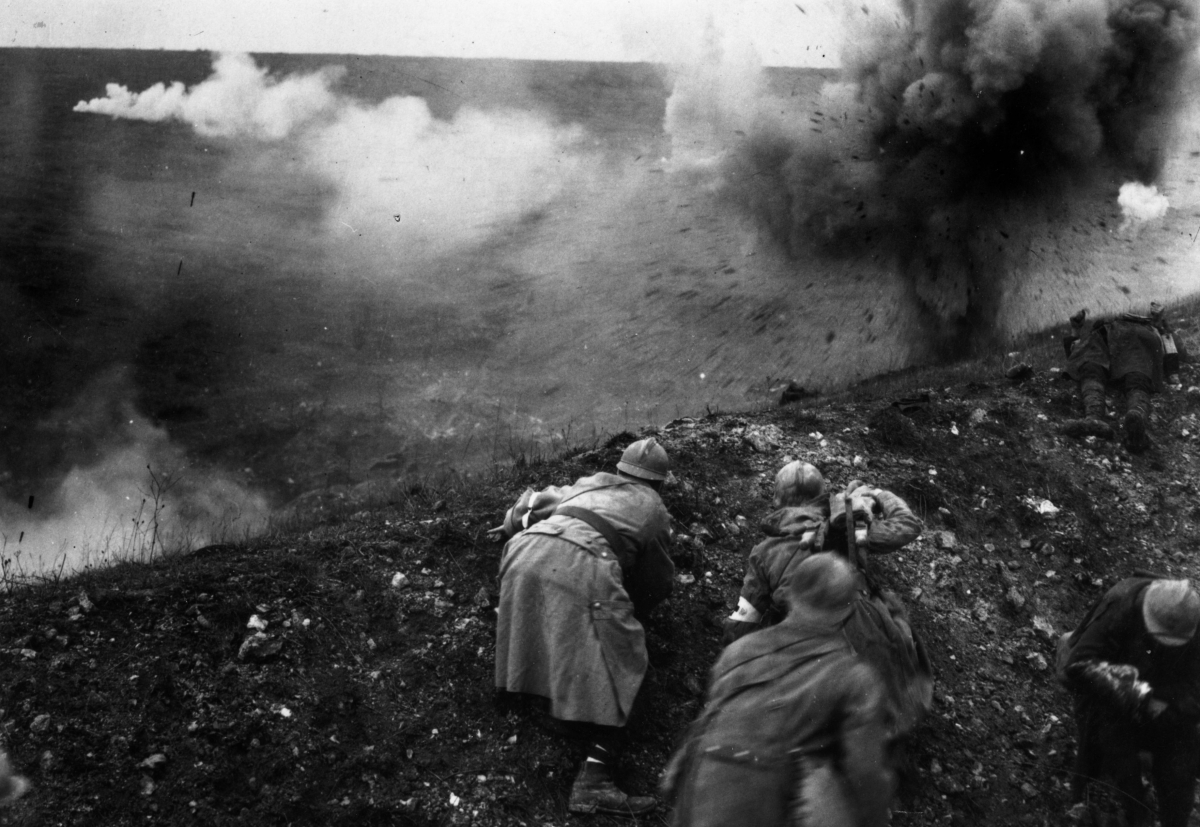
They can perhaps be seen most clearly across the battlefields of Verdun. Disappointing that we had to wait for people who didn't even apologize for their lack of promptness to the group.The scars of war are left upon the landscapes that we visit on a First or Second World War Tour. I was 45 minutes early, just to make sure we didn't get held up in traffic. Also, we had 3 people 15 minutes late that held up our departure. Disappointing since it cost 25 Euros each way from my hotel to the Tourist Office, which does not open as early as the mandatory meeting time. I would have given 5 stars, but my voucher said to call 48 hours in advance to arrange complimentary hotel pickup/dropoff and when I did, I was read of by a man who said Viator needs to correct their website because I get inundated with these calls and WE DO NOT provide this service, complimentary or not. I would have liked to spend more time in some areas. It would be great to offer this tour as a custom rather than group. Very nice proprietor and sweet little village. We had a group of 8, every seat in the van filled and a bit uncomfortable because of the tightness, but lunch was very nice at Meuse-Argonne area.

I would have liked to stop at a couple of the War Memorials that we only briefly stopped or slowed down to see.

Return to Paris with a newfound understanding of these key World War I battle sites.įantastic tour and a great driver-guide. The cemetery is near Romagne-sous-Montfaucon, and the majority of the soldiers buried in it died during the Meuse-Argonne Offensive. More than 14,000 soldiers are buried here, making it the largest US cemetery in Europe. The last stop on your tour is the Meuse-Argonne American Cemetery and Memorial.
VERDUN BATTLEFIELD FREE
Enjoy some free time in the museum's gift shop for souvenirs, including battlefield relics. Learn about both the American and German troops who fought here. Visit the Romagne War Museum nearby to see exhibits of war artifacts, the majority of which came from with 2 miles (3 km) of Romagne-sous-Montfaucon. Here, you'll see the battlefields where the American Expeditionary Force led by General Pershing first got involved, and how the Meuse-Argonne Offensive was part of the Allies' final push along the whole Western Front. Take a midday break in Argonne for lunch (included) after leaving the landscape of Verdun, and then visit one of the key points of the 1918 Meuse-Argonne Offensive. It's now believed that the Germans bombed the trench, burying the French soldiers where they stood with their bayonets ready. A line of 12 bayonets was discovered after the war, sticking out of the ground in what used to be a trench of French soldiers.

Continue your tour to the Trench of Bayonets. Listen as your guide explains how this strategic move turned the French military's plan on its head and set the stage for the Battle of Verdun. It's the biggest and tallest of the 19, and during WWI the Germans managed to gain control of it.

Next, visit Fort Douaumont, one of the 19 defensive forts circling Verdun built in the 1890s. The memorial contains the remains of more than 100,000 unknown soldiers – both French and German – who died at the Battle of Verdun. Travel past the London Trench, a point where British Troops delivered medical assistance and much-needed supplies, to your next stop at the Ossuary of Douaumont. Your first stop is the Battlefield of Verdun, site of a 300-day-long World War I battle in 1916, known today by its nickname of 'The Hell of Verdun.' Hundreds of thousands of soldiers died here, and your guide will help conjure images of the past to give you an idea of the cost and impact of the battle. Along the way, note some of the lasting marks on the landscape that the war left behind. Depart from central Paris and head east toward your first stop in the Meuse region.


 0 kommentar(er)
0 kommentar(er)
